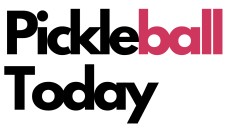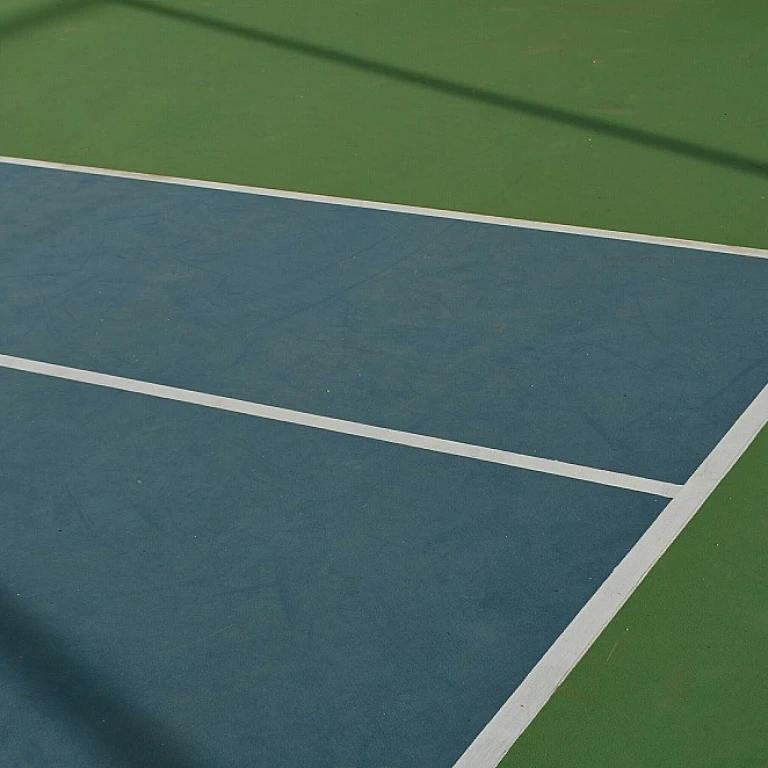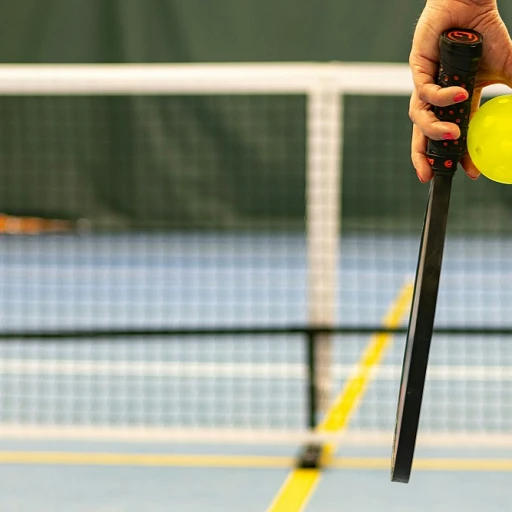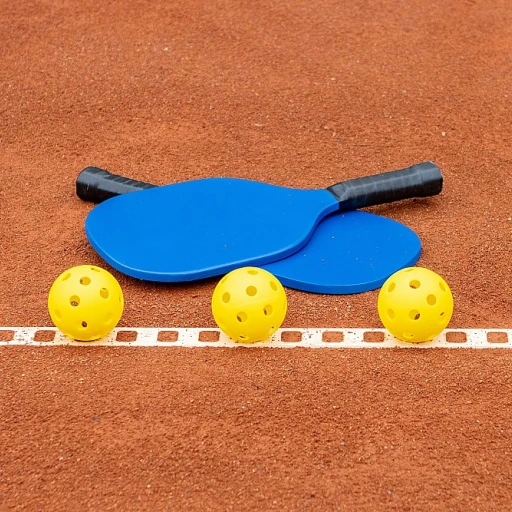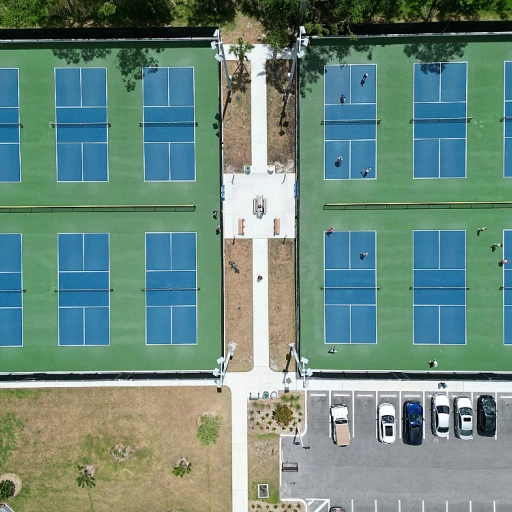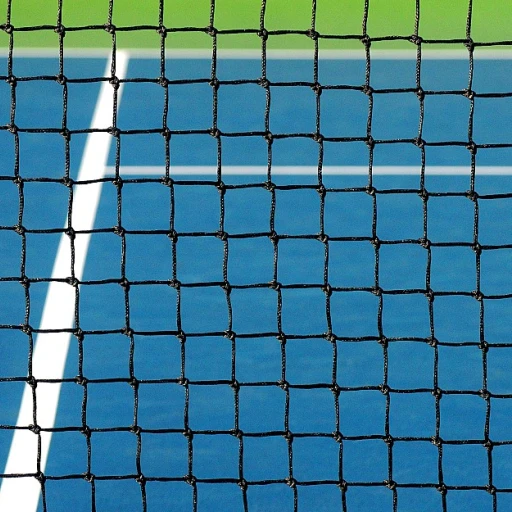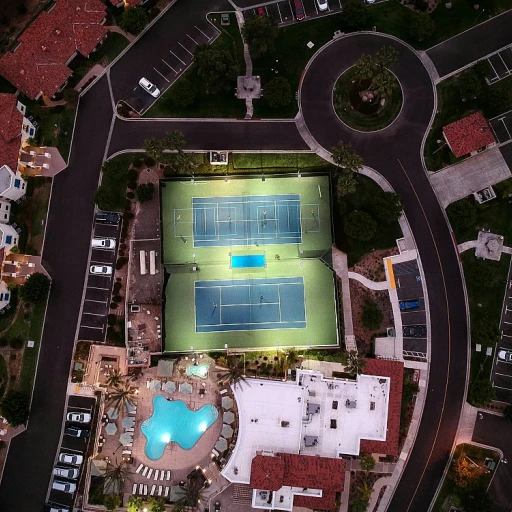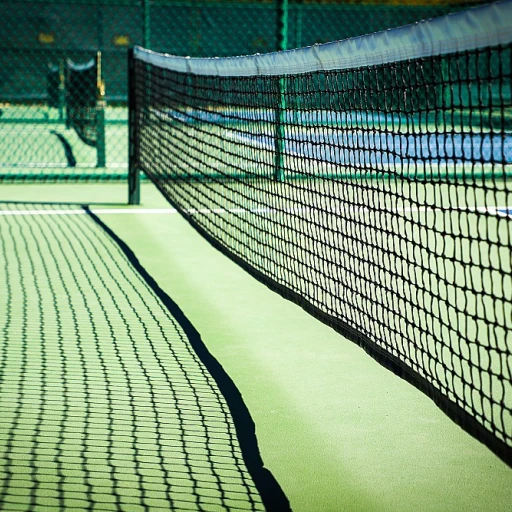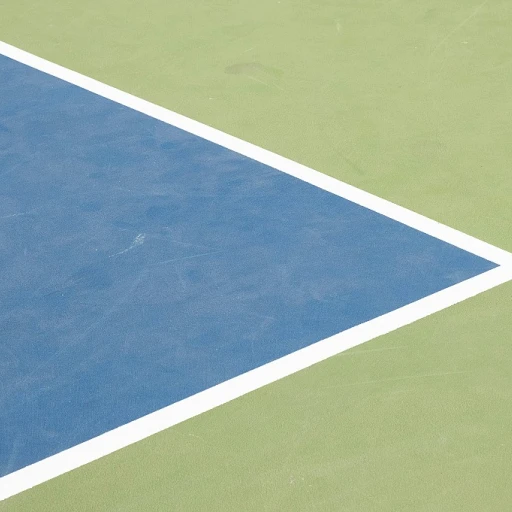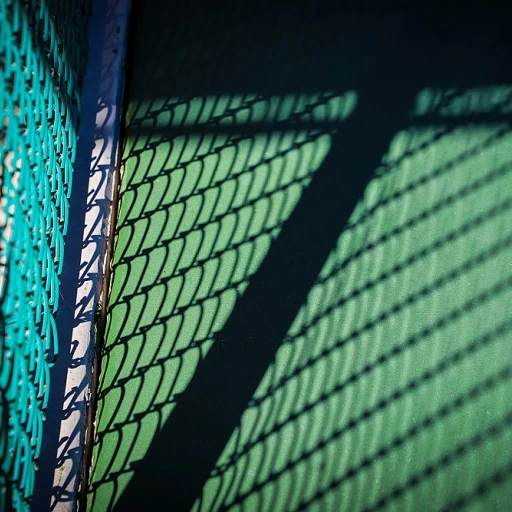
Understanding Pickleball Brackets
Deciphering Pickleball Tournament Structures
Entering the arena of pickleball, especially tournaments, involves a unique set of challenges and opportunities for players and organizers alike. Understanding how pickleball brackets come into play is crucial for anyone aspiring to excel or manage events in this thriving sport. When you dive into a pickleball tournament, brackets are pivotal, as they determine the pathway players or teams need to follow to vie for the top spots. Whether you're playing in a round robin format, joining a club league, or participating in ladder leagues, brackets dictate the flow of each event. These structures help organize and match participants based on their skill levels and previous records. For any player or tournament director, registration is the starting point. From the initial phase, verifying player profiles and ensuring the proper rating, commonly through platforms with a dupr account, aligns the competition landscape to be fair and engaging. Keeping info updated—such as email addresses and skill levels—supports the smooth operation of events. Another layer of complexity is introduced with varying tournament formats. For instance, some events ensure a set number of matches, thriving on the spirit of competition despite losses—a concept detailed further in 3-game guarantee in pickleball tournaments systems. Managing these tournaments involves preparation and strategic use of tools and platforms designed for tournament management. Rights reserved policies often come into play to safeguard participants' data and the integrity of events. Adhering to these guidelines, tournament directors can seamlessly oversee brackets and maintain the schedule effectively. Understanding brackets helps in comprehending how pickleball tournaments are structured, but to succeed, both players and organizers must consider comprehensive strategies and future trends to continue advancing within this dynamic sport. Perhaps most importantly, it's a commitment to continuously evolving in the competitive world of pickleball.How Pickleball Brackets Work
The Mechanics of Tournament Brackets in Pickleball
At the heart of any pickleball tournament lies the pickleball brackets, an integral part of organizing and managing events. Understanding the mechanics behind these brackets is crucial for players and tournament directors alike. Whether you are participating in a local club league or a larger event, getting acquainted with the way brackets work is essential.
The design of tournament brackets dictates the flow of play, organizing players into a structured format. In most cases, these brackets can be single elimination, double elimination, or round robin. Each format offers a distinct path to victory but requires different strategies and preparations from players.
When registering for a tournament, a player’s skill level is often indicated by their rating on systems like DUPR. This rating helps in the seeding process, ensuring a level playing field. Tournament directors rely on these ratings to create balanced brackets, so every match is competitive and fair. Additionally, players need to have complete profiles with all relevant info, such as their email address and partner details, to ensure seamless communication and game setup.
A well-structured bracket accommodates the varying number of players, with tournament management systems, like Pickleballbrackets com, assisting in overseeing the event proceedings. This digital platform streamlines registration, helps manage score sheets, and facilitates smooth transitions between game phases, contributing to a successful pickleball experience.
The Role of Pickleballbrackets com
Navigating the Digital Landscape of Pickleball Tournaments
Pickleball events have become increasingly popular, making effective management systems a necessity. This is where platforms like pickleballbrackets.com play a crucial role. They offer comprehensive solutions that streamline the registration and tracking of tournament details. Here's how these platforms can enhance the pickleball tournament experience:- Centralized Registration: Players can easily register for tournaments and leagues through a comprehensive list of upcoming events. This enables players to find partners who match their skill level by referencing their player ratings.
- Detailed Player Profiles: Each participant's profile can include their dupr account, usa pickleball rating, and tournament history. This ensures that players are matched accurately, and the tournament runs smoothly without misunderstandings regarding skill levels.
- Simplified Bracket Management: With options for various formats like round robin, these systems alleviate the burden on tournament directors. Automated tools help in tracking matches, updating scores, and adjusting brackets on the fly.
- Enhanced Communication: Event announcements, bracket updates, and schedule changes are communicated efficiently with registered players via email addresses linked to their profiles.
- Integration with Score Sheets: Platforms seamlessly integrate with digital score sheets, aiding in effortless tracking of match outcomes and progression, an important aspect of tournament management.
Challenges in Pickleball Bracket Management
Overcoming Common Obstacles in Pickleball Bracket Management
Managing pickleball brackets can be a complex task, especially when dealing with multiple tournaments and leagues. Tournament directors often face several challenges that can impact the smooth running of events. Here are some common obstacles and how they can be addressed:
- Player Registration and Verification: Ensuring that all players are registered correctly and their skill levels are accurately verified is crucial. This often involves checking each player's profile and rating, which can be time-consuming. Utilizing a centralized system for registration and verification, such as a dupr account, can streamline this process.
- Scheduling Conflicts: With numerous events happening simultaneously, scheduling can become a logistical nightmare. Tournament directors need to carefully plan the day to avoid overlaps and ensure that each game starts on time. Using software tools that offer automated scheduling can help mitigate this issue.
- Communication with Players: Keeping players informed about their matches, changes in schedule, or any other important info is essential. This often involves sending updates via email addresses or through a dedicated tournament management platform.
- Score Tracking and Reporting: Accurate score tracking is vital for maintaining the integrity of the tournament. Utilizing digital score sheets can help in recording and reporting scores efficiently, reducing the risk of errors.
- Handling Different Formats: Whether it's a round robin or ladder league format, each has its own set of challenges. Tournament directors must be familiar with the nuances of each format to manage them effectively.
By addressing these challenges, tournament directors can ensure a smoother experience for players and enhance the overall success of pickleball tournaments. As the sport continues to grow, adopting innovative solutions will be key to managing these events efficiently.
Strategies for Success in Pickleball Tournaments
Maximizing Success in the Pickleball Tournament Landscape
Participating in pickleball tournaments is an exhilarating experience that demands strategic preparation and execution. While the goal is to enjoy the game, implementing key strategies can enhance a player's performance and increase chances of winning.- Preparation and Training: It's vital for a player to understand their skill level and work on improving it through regular practice sessions. Attending a pickleball club can provide valuable opportunities for practicing with a variety of partners. This gets players ready for the diverse tactics and playing styles encountered during tournaments.
- Choosing the Right Event: Carefully consider whether to register for a tournament or league based on one's skill level. Understanding the pickleball rating system can help in selecting events that align best with a player's capabilities.
- Partner Selection: Collaborating with a compatible partner is fundamental. An effective way to identify a suitable match is by participating in ladder league sessions. Player compatibility in terms of playing style and strategy enhances performance significantly.
- Tournament Preparation: Before the event starts, ensure all tournament requirements are met. Verify registration info, and make sure the dupr account, email address, and player profile are up to date. This keeps the focus on the game rather than administrative aspects.
- Understanding Tournament Format: Whether it's a round robin or elimination format, knowing how the brackets are structured is crucial. Each format requires a distinct plan of action, often involving different strategies for advancement.
- Communication with Tournament Directors: Stay informed by maintaining communication with tournament directors. Receive updates on schedule changes or any additional information relevant to the tournament.
- Game Day Preparedness: Bring all necessary gear, including score sheets, ensuring a smooth experience on the day of the tournament. Familiarizing oneself with the venue layout ahead of time can also be advantageous.
- Mindset and Focus: Approach the tournament with a positive mindset and remain focused. Regulating emotions and maintaining composure throughout the event can significantly influence the outcomes.
